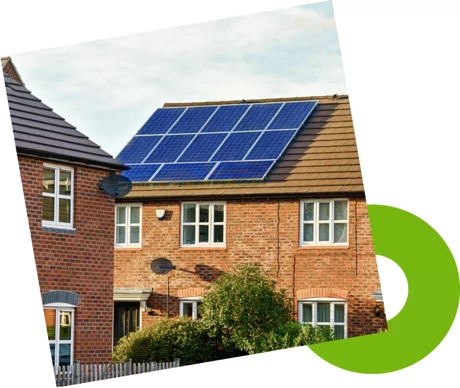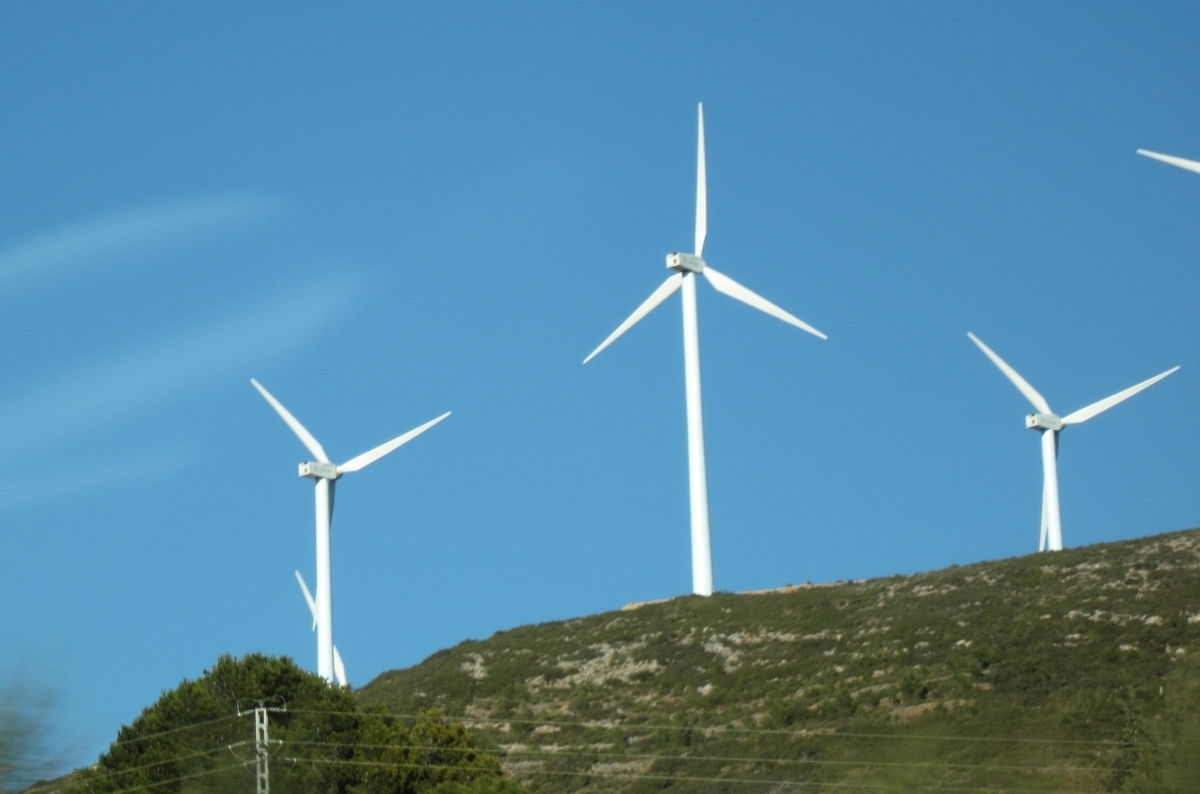Now after a refreshed look at the UK power network (see Part 1) it’s worth considering what the domestic user can do both in terms of reducing usage and also smoothing out peak energy needs.
The first part of this is of course all about your home and its ability to keep any heat in. There are many guides on this and so I don’t intend to expand this further here. Another simple thing is energy efficiency, with all of the devices that you have connected – I say devices as it is more than appliances, ranging from lighting to ovens, showers and everything in-between.
A further help which is becoming popular is solar PV and battery storage

and although not as incentivised as it was, these solutions both individually and together can provide a mid/long term local feed which can help the individual and also support other peak demands of the local network via excess power export and the SEG (Smart Export Guarantee).
One other thought on batteries generally, I have been concerned with the general rise in battery powered equipment .. vacuum cleaners, lawn mowers, hedge trimmers etc. Batteries are less efficient than a direct powered product as a battery does not give out what you put in to charge. There are always losses of some sort. Then I began to think, actually what these devices can provide is a way of moving energy use outside peak times - so perhaps there is merit in this technology trend anyway. Of course I realise that these cordless devices are easier to use (hence their popularity) but you have to be aware of energy consumption whatever you choose these days.
More advances with a variety of alternative heating solutions such as Heat Pumps are some of the most efficient available and these are being explored right now (2022-23). These do need careful consideration as they are not suited to all properties or existing systems and although there are examples of more widespread use in climates such as Sweden, the British weather is rather more fickle and possibly not the best for this technology.
An extra recent technology is a ‘thermal store’ as with the Tepeo ZEB, utilising off peak electricity to heat a source with control to mimic that of a traditional gas or oil fed boiler. Understanding typical use and needs is key to this technology refining its operation and so there are online connections which ‘learn’ how and why things happen and adjust control and power use to match.
One more thought is that of wind power. Of course I realise that the majority of people cannot install a wind turbine in their garden (if they have one) and the cost, regulations and maintenance would make it difficult anyway but there are beginning to appear, a number of community wind farms such as Ripple. Run as a cooperative, the householder can own their own part of this energy feed which will supplement their energy bills via a series of providers. This, to my own mind, makes perfect sense as wind generation is quite significant in terms of UK power generation and when solar rays are dwindling in our winter months, wind usually picks up to supply more of the need.

So, just a few thoughts on the energy situation in the UK at present. This is a rapidly changing picture and so I hope this will have given an idea or two and encourage even more thoughts on the subject.
Reference Notes:
Solar PV https://www.ovoenergy.com/solar-panels
SEG https://energysavingtrust.org.uk/advice/smart-export-guarantee/
UK Green Energy https://ukgreenenergy.co.uk/sourceheating/airsource.aspx
Ripple https://rippleenergy.com
Tepeo https://tepeo.com/thezeb
Note: I have no connections with any provider. All comments and thoughts are my own experience both as a domestic user and previous research carried out by myself.




